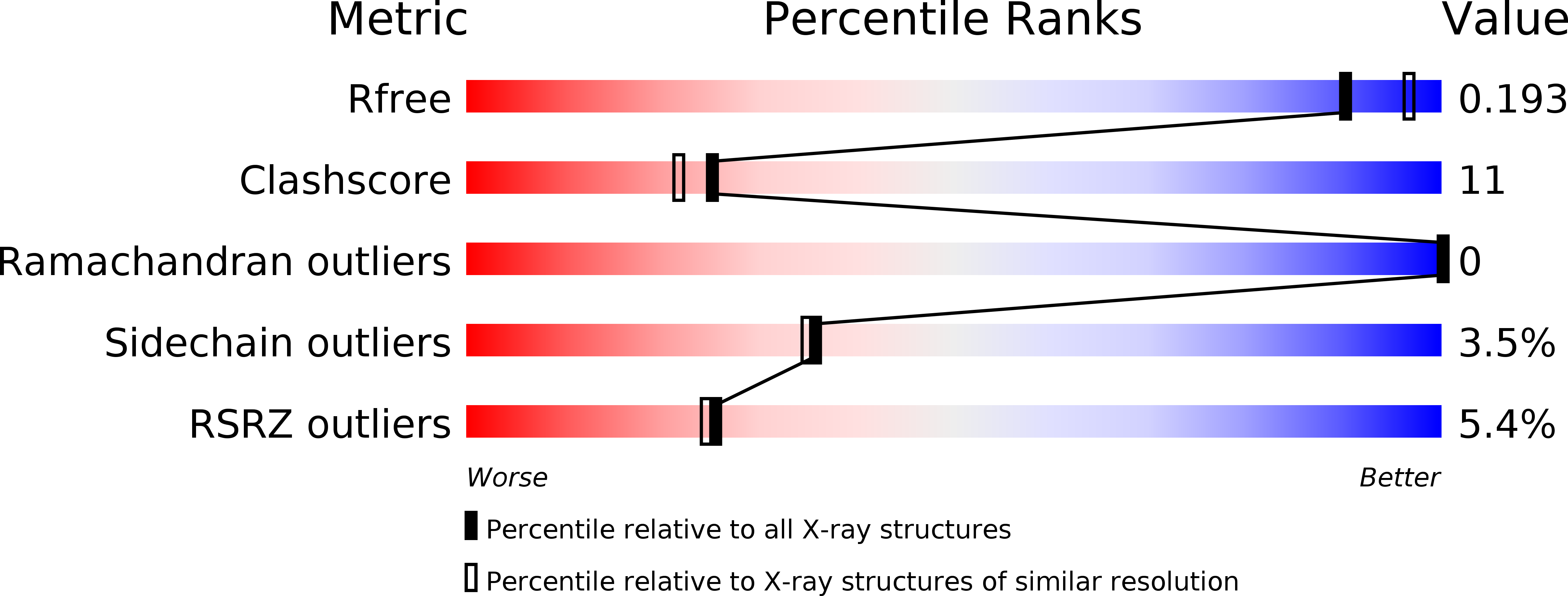
Deposition Date
2009-09-23
Release Date
2009-12-08
Last Version Date
2024-11-27
Entry Detail
PDB ID:
3JZB
Keywords:
Title:
Crystal Structure of TR-alfa bound to the selective thyromimetic TRIAC
Biological Source:
Source Organism:
Homo sapiens (Taxon ID: 9606)
Host Organism:
Method Details:
Experimental Method:
Resolution:
2.01 Å
R-Value Free:
0.19
R-Value Work:
0.17
R-Value Observed:
0.17
Space Group:
P 21 21 21


